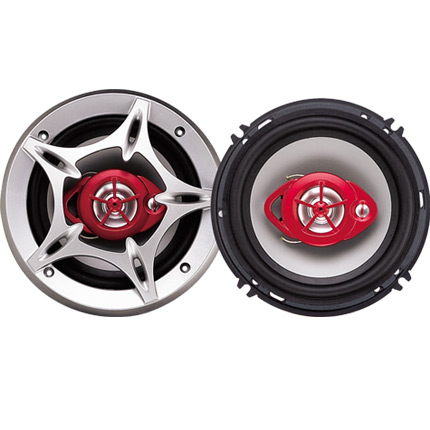handbrake cables
Understanding Handbrake Cables Importance, Types, and Maintenance
Handbrake cables, an essential component in modern vehicles, play a crucial role in ensuring the effectiveness of the handbrake system. Often taken for granted, these cables are vital for controlling the vehicle’s movement when parked or during emergency stops. In this article, we will explore the importance of handbrake cables, the different types available, and the maintenance tips to ensure their longevity and effectiveness.
The Importance of Handbrake Cables
Handbrake cables are responsible for linking the handbrake lever inside the vehicle to the brake mechanism at the rear wheels. When the driver pulls the handbrake lever, the cable transmits this force to the brakes, engaging them and preventing the vehicle from rolling away. This is particularly important in hilly areas or on uneven surfaces where gravity can cause the car to move unintentionally.
Moreover, the handbrake serves as a secondary braking system, vital in emergencies when the primary brake system fails. In situations where the regular brakes lose pressure or fail entirely, a well-functioning handbrake can provide the necessary stopping power to avoid accidents. Thus, the integrity and reliability of handbrake cables are paramount to ensure vehicle safety.
Types of Handbrake Cables
Handbrake cables come in various types, designed to fit different vehicles and braking systems
. The primary types include1. Single Cables Commonly found in older vehicles, single cables connect the handbrake lever directly to the brake caliper or drum. They are straightforward in design but may not provide even tension across both rear wheels.
2. Dual Cables Modern vehicles typically use dual cable systems, where one cable runs from the handbrake lever to each rear wheel. This setup allows for more balanced braking performance, ensuring both wheels respond simultaneously when the handbrake is engaged.
3. Adjustable Cables Some vehicles are equipped with adjustable handbrake cables that allow mechanics to fine-tune the tension. This feature is particularly beneficial for performance vehicles or those subjected to varying loads, ensuring that the handbrake engages fully without excessive pull.
handbrake cables

Maintenance of Handbrake Cables
Regular maintenance of handbrake cables is vital to ensure their proper function and enhance vehicle safety. Here are some maintenance tips
1. Regular Inspection Periodically check the handbrake cables for signs of wear, fraying, or corrosion. Inspect the cable housing as well, as damage to the outer sheath can expose the cable to the elements and lead to failure.
2. Lubrication Keeping the cables lubricated helps reduce friction and wear. Use a silicone-based lubricant or a suitable grease to ensure smooth operation when the handbrake is engaged or released.
3. Tension Adjustment If you notice that the handbrake lever pulls up higher than usual or requires excessive force to engage, it may be time to adjust the tension. Refer to the vehicle’s manual or consult a professional mechanic to make the necessary adjustments.
4. Replacement If the cables show significant signs of wear or damage, replacement is crucial. Delaying this can compromise the effectiveness of the handbrake and pose safety risks.
5. Professional Servicing For optimal performance, consider having the handbrake system serviced by a qualified mechanic regularly. They can perform thorough inspections, adjust tension, replace worn components, and provide valuable insights into the health of your vehicle's braking system.
Conclusion
In conclusion, handbrake cables are a vital part of vehicle safety, responsible for engaging and disengaging the handbrake system. Understanding their importance, knowing the types available, and performing regular maintenance can significantly enhance the longevity and functionality of this essential component. By taking proactive measures to care for your handbrake cables, you contribute to safer driving conditions for yourself and others on the road.
-
Workings of Clutch Pipe and Hose SystemsNewsJun.04,2025
-
The Inner Workings of Hand Brake Cable SystemsNewsJun.04,2025
-
The Secrets of Throttle and Accelerator CablesNewsJun.04,2025
-
The Hidden Lifeline of Your Transmission Gear Shift CablesNewsJun.04,2025
-
Demystifying Gear Cables and Shift LinkagesNewsJun.04,2025
-
Decoding Clutch Line Systems A Comprehensive GuideNewsJun.04,2025
